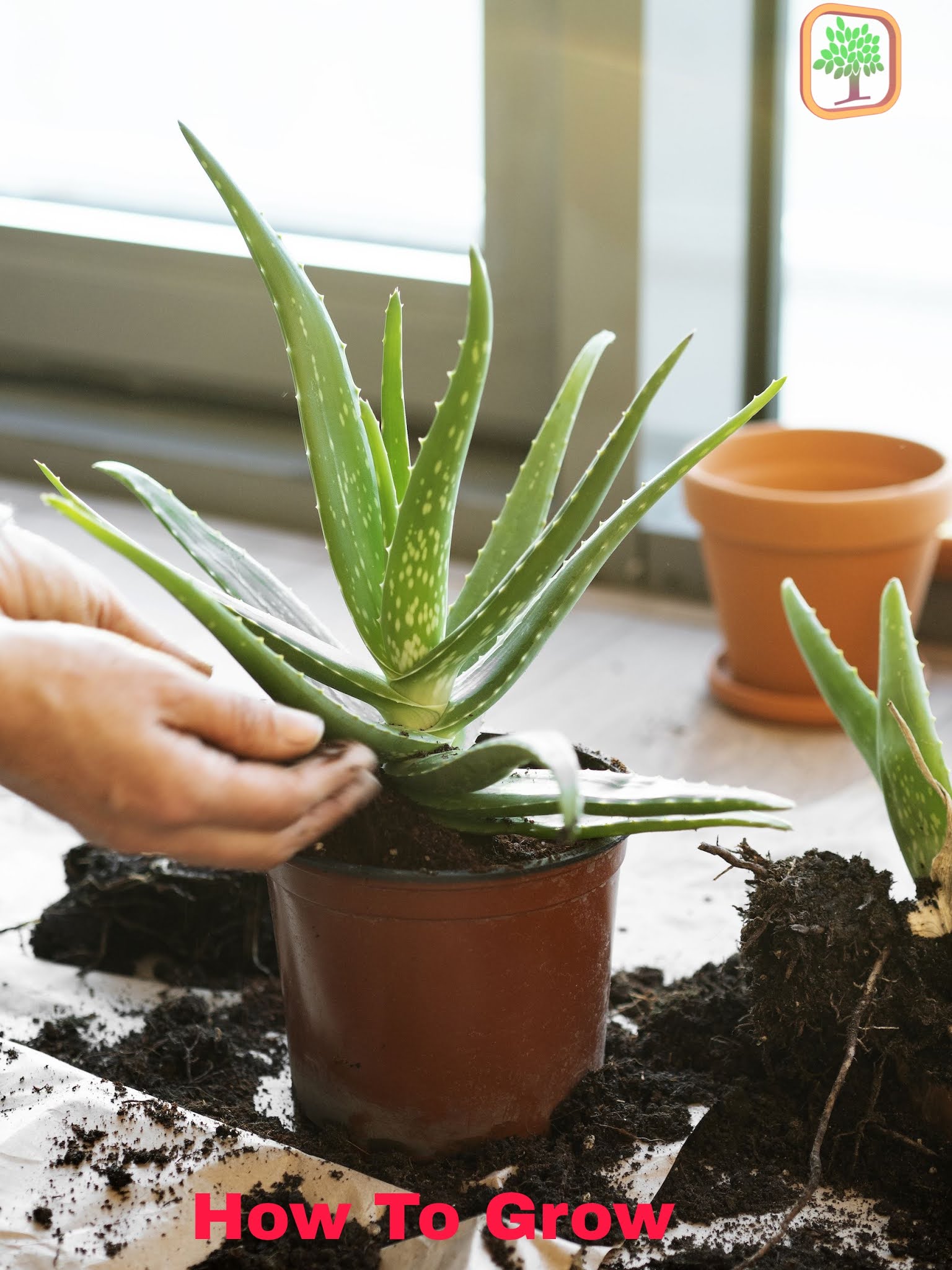Growing an Aloe Vera plant at home is not only a fulfilling endeavour, but it also contributes to an aesthetically pleasing and health-promoting environment. Known for their succulent leaves and striking appearance, Aloe Vera plants thrive in various conditions, making them an ideal choice for both novice and experienced gardeners. This guide will delve into the essential aspects of cultivating Aloe Vera, from understanding its needs to maintenance, providing readers with a thorough comprehension of this remarkable plant.
Understanding the Basics of Aloe Vera
Aloe Vera (Aloe barbadensis miller) is a succulent that belongs to the Asphodelaceae family. Renowned for its medicinal properties, particularly in skin care and healing, this plant is indigenous to the Arabian Peninsula but has adapted successfully to many climates worldwide. The characteristic fleshy leaves store water, enabling the plant to endure prolonged periods of drought, a quality that requires careful consideration when cultivating it at home.
Choosing the Right Variety for Your Home
While many individuals are familiar with the standard Aloe Vera, several intriguing varieties exist that can enhance your indoor botanical collection.
1. **Aloe Vera var. Chinensis**: This variant features narrower, longer leaves and a more delicate appearance than the more common types. Its versatility makes it a wonderful choice for containers.
2. **Aloe Vera ‘Variegata’**: Known for its striking, patterned leaves, this variety adds a touch of flair to any arrangement. It’s ideal for decorative pots and shelves.
3. **Golden Tooth Aloe (Aloe nobilis)**: A unique type with bright green leaves adorned with thorn-like projections. This variety can add an intriguing visual contrast to your home.
Proper Potting for Optimal Growth
Choosing the correct pot and soil is imperative for the successful growth of your Aloe Vera plant. Opt for a container that offers ample drainage, as stagnant water can lead to root rot.
1. **Container Selection**: Terracotta pots are a popular choice due to their porous nature, which facilitates airflow and moisture reduction. Ensure that the pot has sufficient drainage holes to prevent water accumulation.
2. **Soil Requirements**: A well-draining potting mix is paramount. Consider a commercial cactus or succulent mix or create your own by blending potting soil with perlite or sand. This mixture will ensure aeration and support healthy root development.
The Importance of Sunlight Exposure
Like many succulents, Aloe Vera flourishes under bright, indirect sunlight. However, managing light exposure is critical to prevent leaf burn.
1. **Optimal Lighting Conditions**: Place your Aloe Vera plant near a south-facing window where it can receive ample light for at least six hours daily. If direct sunlight may scorch the leaves, consider using sheer curtains to diffuse the rays.
2. **Signs of Insufficient Light**: If your plant’s leaves begin to stretch towards the light source, it may indicate inadequate illumination. Make adjustments by relocating the plant to a brighter area.
Watering Techniques for Succulent Success
Understanding the watering needs of your Aloe Vera is crucial for its growth and health. Overwatering is a common pitfall, leading to detrimental effects.
1. **Watering Scheduling**: Rather than adhering to a strict schedule, assess the soil’s moisture levels. Water your plant thoroughly and allow the soil to dry out completely between waterings. During the growing season, typically spring and summer, a bi-weekly watering may suffice, while a reduction is necessary in the dormant winter months.
2. **Signs of Overwatering**: Yellowing leaves and mushy textures are telltale signs that you may be overwatering your plant. Adjust your watering frequency to ensure the longevity of your Aloe Vera.
Fertilization: Enhancing Nutrient Intake
Unlike many houseplants, Aloe Vera has modest fertilization needs. However, occasional feeding can promote robust growth.
1. **Choosing the Right Fertilizer**: Opt for a balanced, water-soluble fertilizer diluted to half-strength. A cactus fertilizer is particularly effective. Fertilize during the active growing season, roughly every four to six weeks.
2. **Signs of Nutrient Deficiency**: Pale or distorted leaves may indicate insufficient nutrients. If observed, consider adjusting your fertilization routine.
Pest and Disease Management
The hardy nature of Aloe Vera makes it relatively resistant to pests and diseases, but vigilance is essential.
1. **Common Pests**: Mealybugs and aphids are potential threats. Inspect your plant regularly and, upon noticing any signs of infestation, treat the affected area with insecticidal soap or neem oil.
2. **Disease Prevention**: Root rot, often associated with overwatering, should be avoided by maintaining appropriate watering practices and allowing the soil to dry thoroughly between cycles.
Propagation: Expanding Your Aloe Vera Collection
One of the most rewarding aspects of growing Aloe Vera is its potential for propagation. This process can be accomplished through offsets or leaf cuttings.
1. **Offsets**: As the parent plant matures, it produces offshoots, or “pups,” at its base. Allow these pups to grow until they are a few inches tall before gently removing them from the parent plant and potting them separately.
2. **Leaf Cuttings**: While less commonly used, leaf cuttings can also propagate Aloe Vera. Cut a healthy leaf, allow it to callous for a few days, then plant it in a well-draining mix, watering sparingly until roots develop.
In summary, growing an Aloe Vera plant at home is a gratifying undertaking that requires minimal effort for maximum reward. By following the guidelines for potting, watering, and caring for this remarkable succulent, garden enthusiasts can enjoy the beauty and benefits of Aloe Vera for many years. This hardy plant not only serves as an attractive addition to your home but also provides various health benefits, making it an invaluable companion in indoor gardening.





Leave a Comment